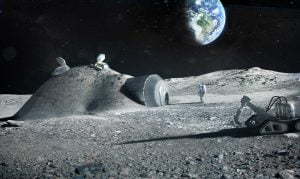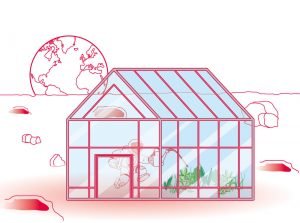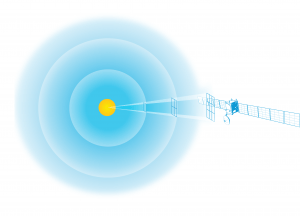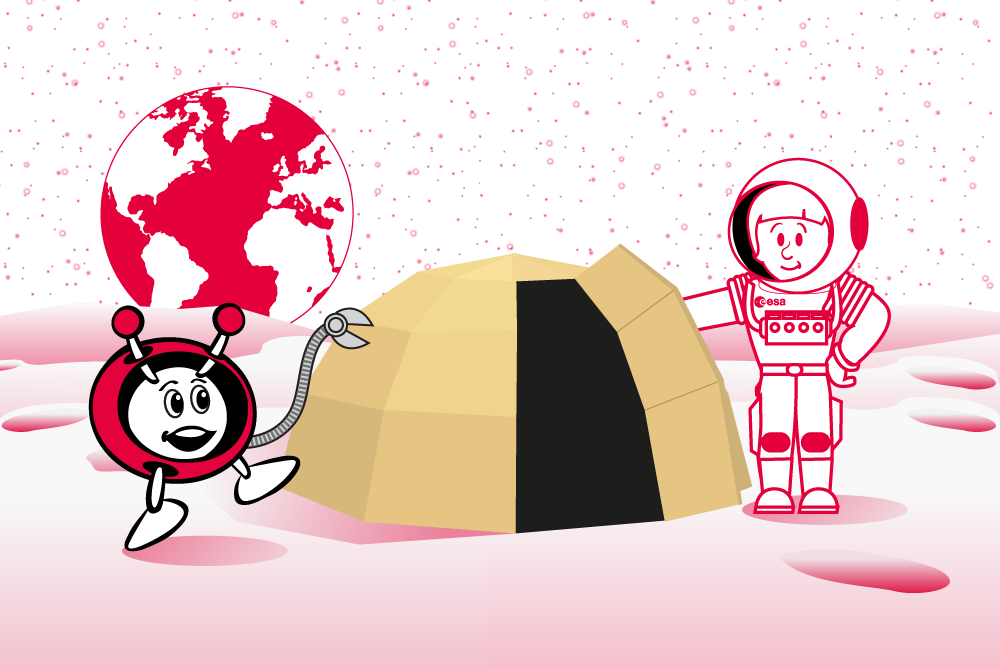Moon Shelter – Investigating different shelters on Earth and in space
In this set of activities, pupils will analyse the importance of having shelter for protection on Earth and in space.
Pupils will compare the environmental conditions on Earth and on the Moon, and in a group they will imagine and build their own Moon shelter using materials comparable to the soil on the Moon, known as Moon analogues.
Learning Objectives:
Age range:
8-12 years old
Time
Lesson: 90 minutes
Resource available in:
Activity 1: Taking shelter
In this activity, pupils analyse their local environment and identify the weather events that they take shelter from in their daily lives. They will also identify the characteristics of different shelters and their positive and negative points. Pupils should record their answers in the worksheet or in their notebook.
Equipment
Activity 2: World shelters
In this activity, pupils will investigate the different environments that exist on Earth. They will compare their local weather conditions to some of the most extreme that occur around the world. They will then explore the types of shelters that are used in these locations.
Equipment

Activity 3: Could you live on the Moon?
After exploring different conditions on Earth in Activities 1 and 2, pupils will now investigate the different conditions that exist in space – focusing on the Moon.
Equipment
Activity 4: Making a home on the Moon
In this activity, pupils will apply the knowledge they have aquired in the previous activities to design and build their ideal Moon shelter.

Equipment
Did you know?
The environment on the Moon is very different from Earth. The Moon’s surface is very rocky, covered with very thin dark dust, similar to sand known as regolith.
Day and night are also very different on the Moon. One day on the Moon lasts almost the same as one month on Earth. This means that on the Moon it is daytime during 15 Earth days straight and then night-time for 15 Earth days straight.
Day and night are also very different on the Moon. One day on the Moon lasts almost the same as one month on Earth. This means that on the Moon it is daytime during 15 Earth days straight and then night-time for 15 Earth days straight.

This image of the Moon was taken from the International Space Station by ESA astronaut Alexander Gerst

AstroCrops – Growing plants for future space missions
Brief description: In this set of activities, students will build an understanding of germination and plant growth by following the development of three unknown plants

Power from Sunlight – Powering space exploration with solar energy
Brief description: In this set of activities, students will learn about two concepts that influence solar panel design for space missions: the inverse square law

Moon Rover – Building a solar powered rover
Brief description: In this activity, students will compare the advantages and disadvantages of renewable energy sources and non-renewable energy sources and study simple electrical circuits.



